
I enjoy merging art and technology in graphic design + 3D modeling + web design + motion graphics + animation + virtual reality.
I graduated from the University of California, San Diego with a major in speculative design and a minor in computer science. This relates to my interests in the computing aspects of human and technological interaction.
Check out more samples of my work from The Walt Disney Company on my Behance and my illustration sketches on dribbble!
A VR experience where users paint a scene to life with every paint stroke.
https://github.com/TritonXR/Paint-the-Town







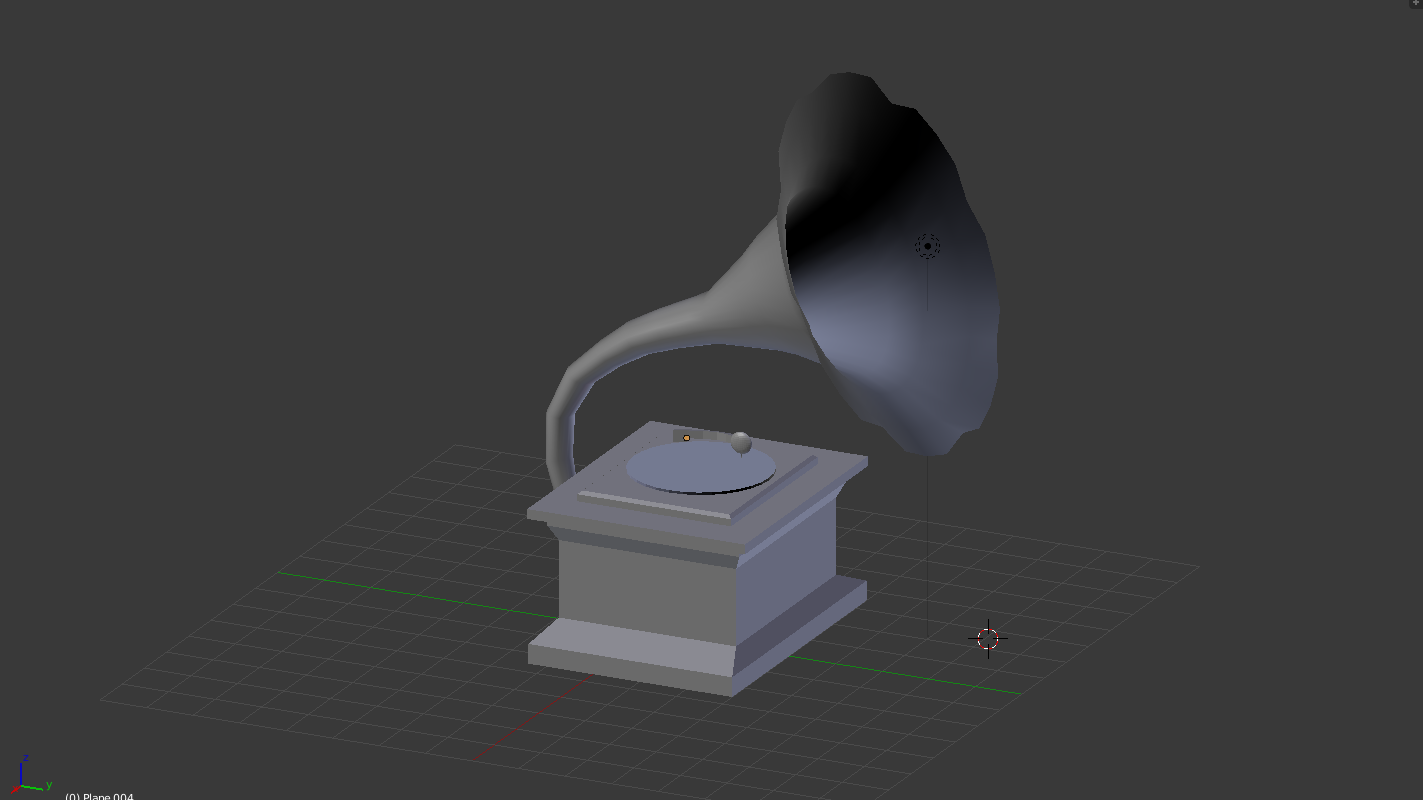



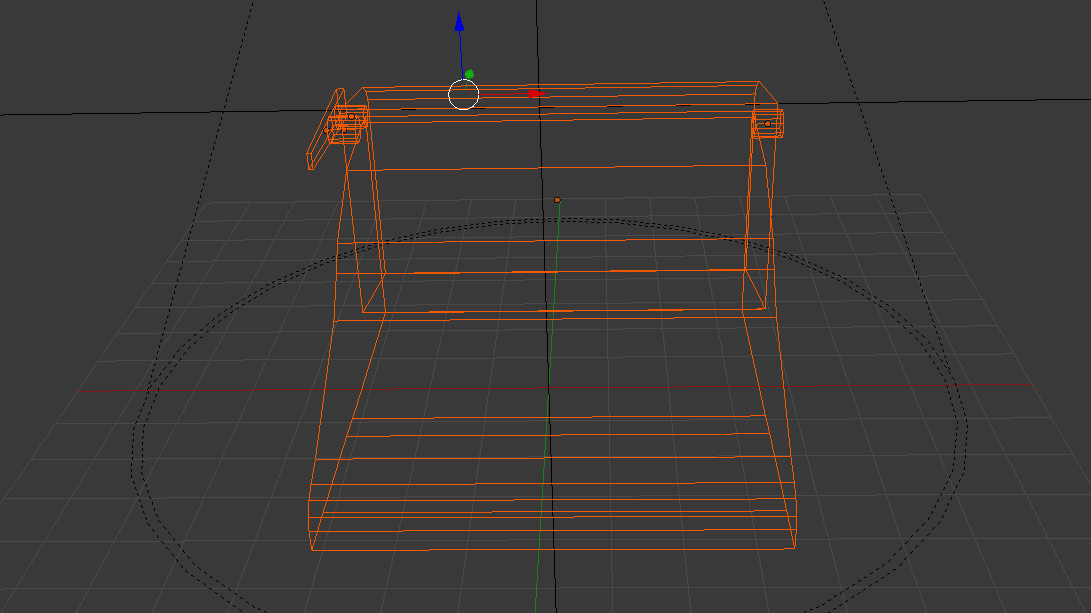



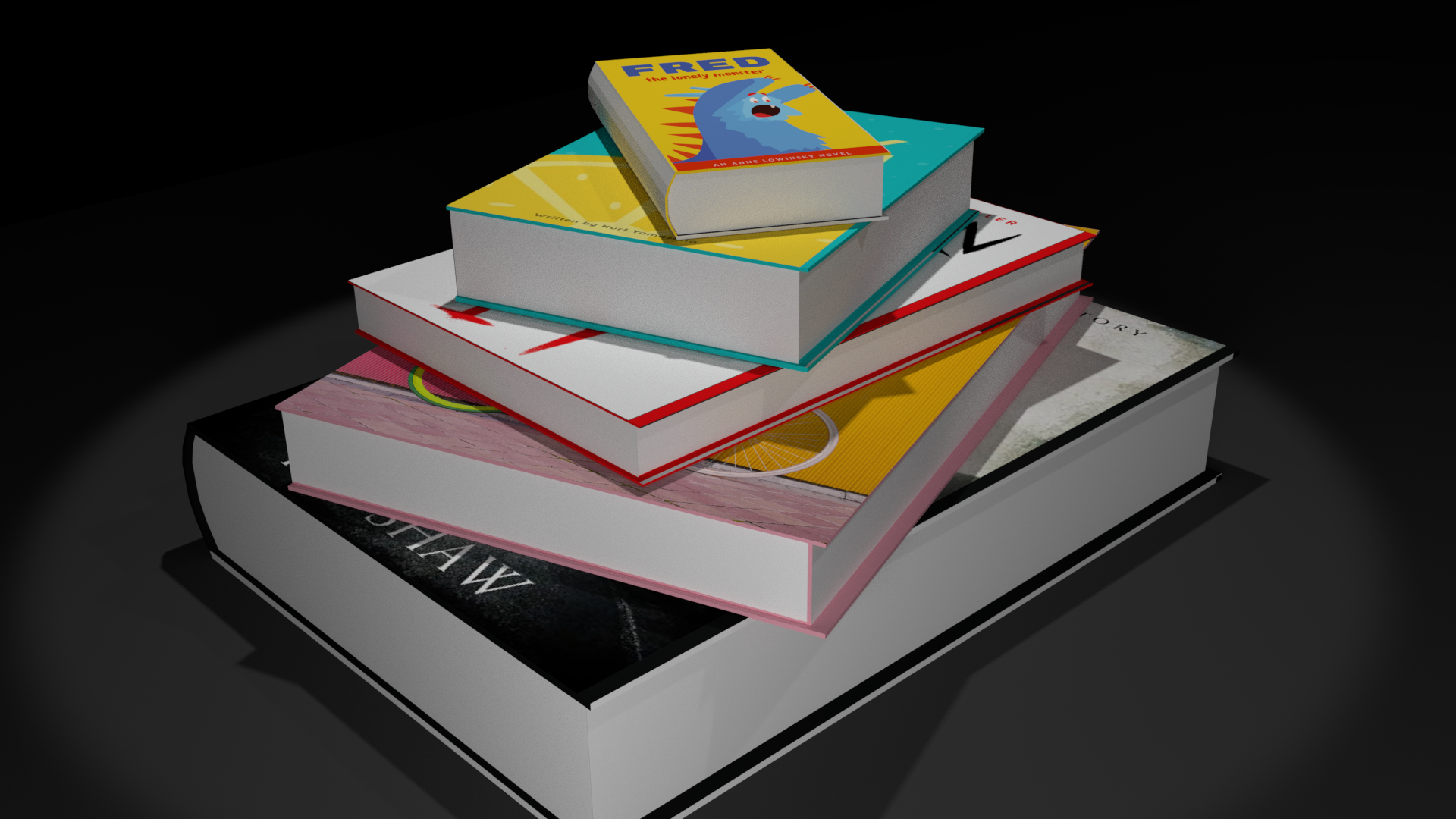
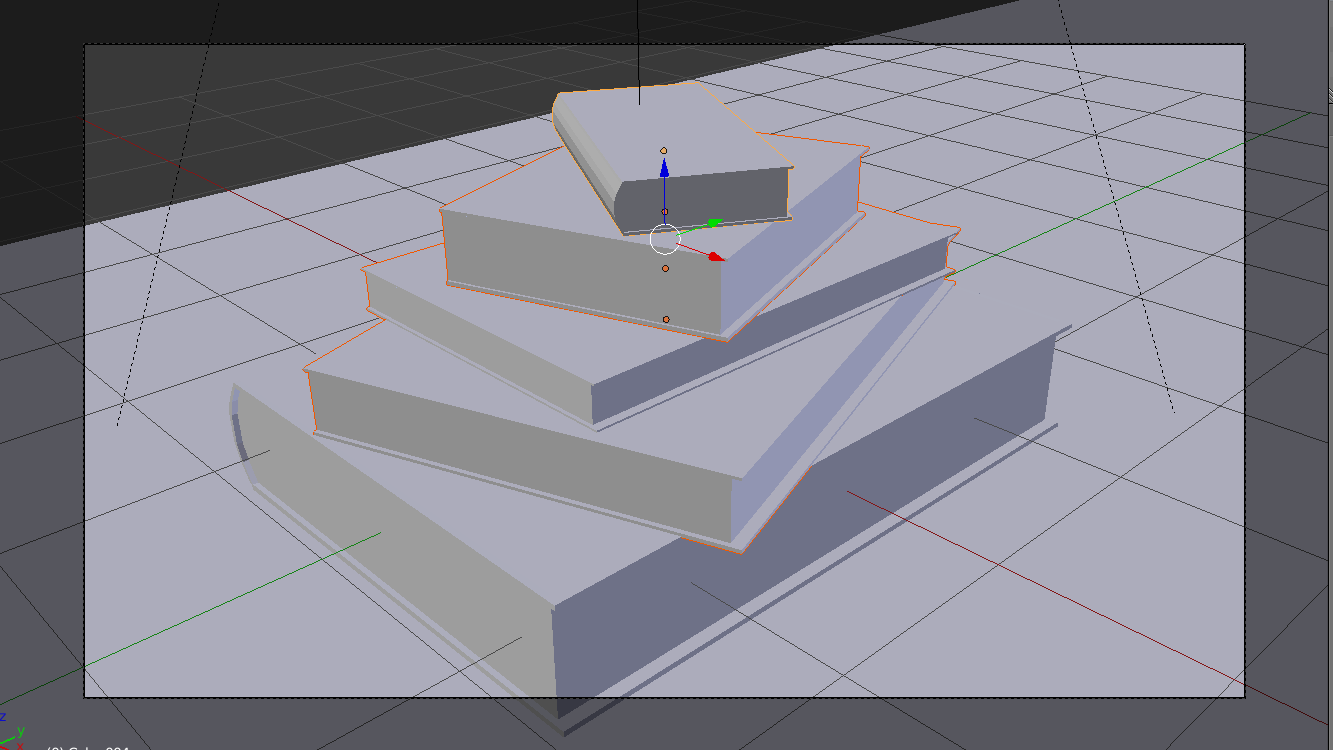
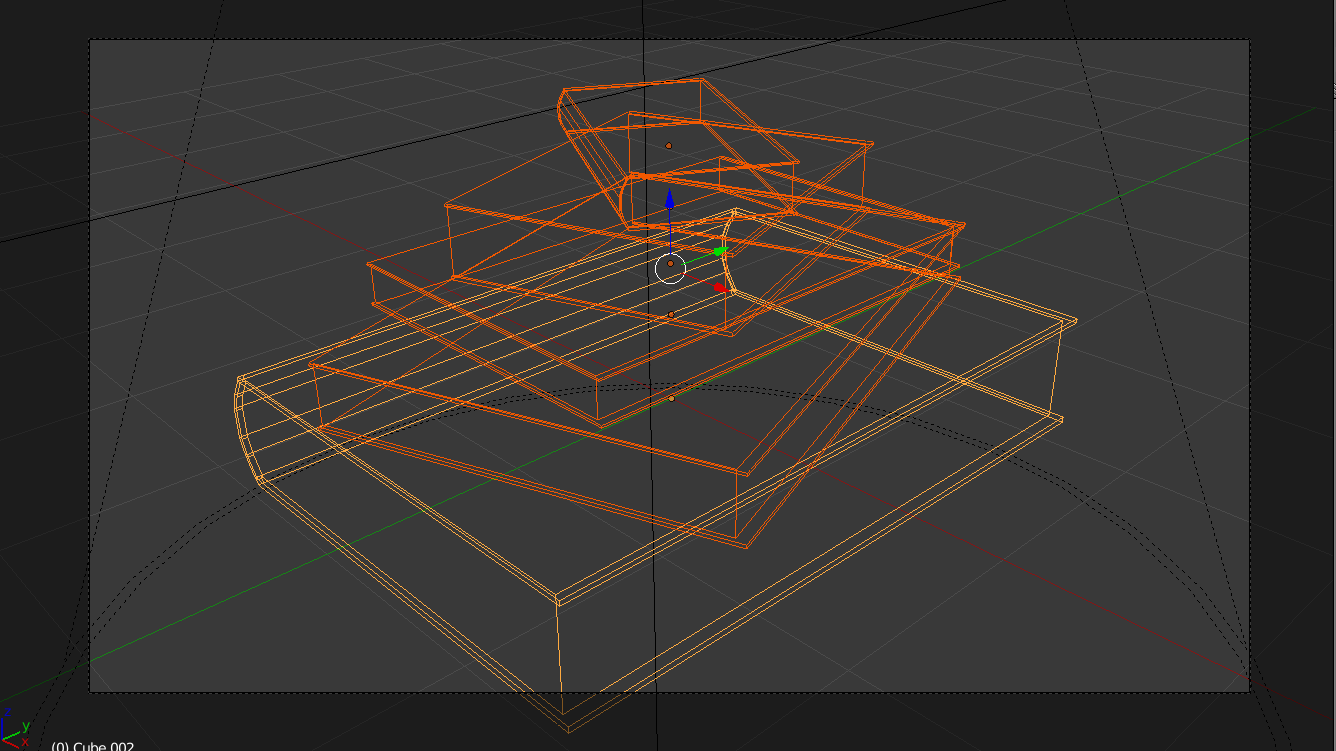
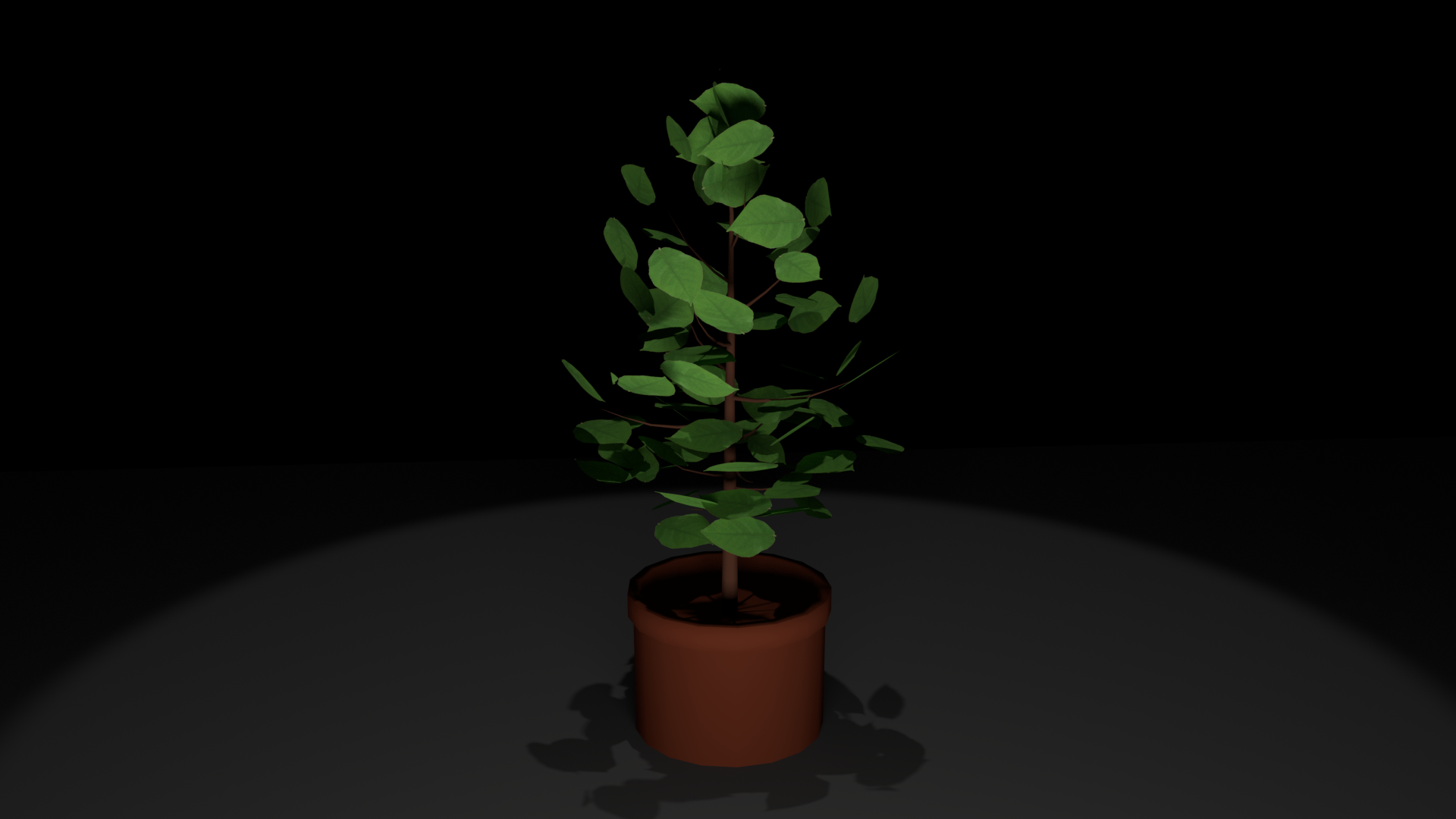

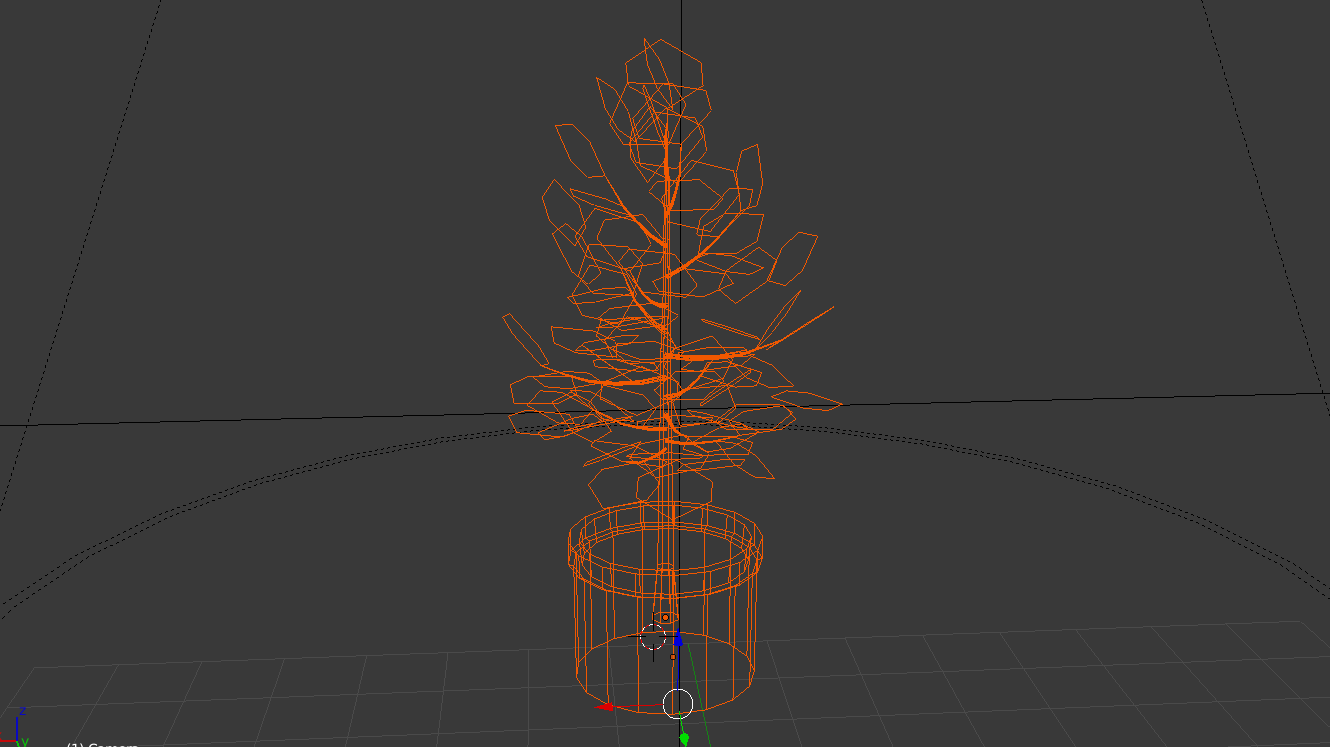


Kids are able to build their own obstacles with paper blocks and race through or knock down their creations using Bluetooth controlled Arduino vehicles.
This toy is free-form, modular, and it pairs nostalgia with contemporary hands-on gameplay.
For this project, we were given the prompt to create a toy. Our initial ideas began with cars with lasers that would make gameplay more challenging. If players got shot with the opponent's laser, they would lose health and energy. Due to the lack of time, material, and knowledge, we could not implement the lasers into our vehicles. Nevertheless, once our wireless toy cars were completed, we tested their playability with kids and discovered they still had loads of fun playing without the lasers. The kids enjoyed building their own cities and castles with building blocks, and they had an even more fun time knocking down each other's castles with the cars! Overall, Zoom! aims to spur creative thinking and imagination.
A big problem we faced was weight distribution and friction on our cars. Everything seemed to be working properly, but when we readied the cars to drive they would not move. Our solution came to us by a Round Table pizza delivery man, who randomly stopped by our table and asked if we wanted leftover pizza. Graciously we accepted and found that the pizza saver was perfect to solve our problem. Once we attached the pizza saver onto the rear end of the car, it zoomed!
This project was coded using Processing and was made using Arduinos, Bluetooth modules, bread boards, wires, and batteries. The presentation video was inspired from stop motion videos to create an energetic kid-friendly vibe.
Vitabot is a portable and accessible bot that maintains and attends for the user. The Bot is specially crafted to ensure that users receive maximum amount of care, servitude, protection, and fun.
This prototype can be used in various ways by everyone of all ages. Specifically, it targets children who do not know what to do in emergencies or forget to bring essential medication with them. With technological upgrades, the Bot will ultimately be able to detect when
its user is in an emergency or needs help, scan the enormity of the user's situation, and provide a solution to the problem.
Vitabot is only an idea for a health robot and is based off of Disney's character, Baymax, from Big Hero 6. I used Blender to 3D model the figure and 3D printed it. The head is hollow and stores emergency items inside for convenience.
Close Project
Henry Fuseli's The Nightmare: The Game is a video game proposal based off Henry Fuseli's painting, The Nightmare. This project features a young girl who suffers from sleep paralysis and nightmares. As a player, you, a college student and barista, suffer from sleep paralysis and experience the same nightmare every night. In the nightmare, you are being chased by demons and must surmount multiple obstacles and puzzles throughout the maze in order to escape.
This game provides many plot twists and challenges in gameplay. This game dives into the research and understanding of sleep paralysis and the conditions patients undergo when they experience it.
At the end of the game when the player has defeated all the puzzles and is able to escape the dream world, the player ascends a foreboding flight of stairs. At the top, the player sees a mirror. Looking into the reflection, the player realizes that this whole time they have been
playing the demon trying to escape the dream realm. This allows players to have a desire to replay the game in order to notice the subtleties of being the demon rather than Mara, the college student.
Navigate through Mara's labyrinth by going through her schedule and daily duties. Mara's schedule is itself something you must solve in order to understand the game more. The more time you spend in the nightmare realm, the more subtleties you'll notice.
Made with Unity, The Island & The Island is an abstract game focuses on challenging normal video game environments through the jaws of an alligator. This game incorporates the landscape as the game and challenges the limitations of player movement and assessment of the land. The space is itself a time fold in which overlapping identical areas can be changed by unique individual factors, of which spark separate chain reactions that evolve the entire space. Inspired by China Mieville's novel, The City and The City, this game forces players to reconsider virtual space and question the boundaries in video games.
In Ernest Adam's Designer's Notebook: The Role of Architecture in Videogames, he speaks about
how the primary role of game architecture is to support gameplay. The Island & the Island, however, seeks to challenge this belief and promotes game architecture as the source of gameplay. Game architecture is as vital to the game as the story, characters, and gameplay. According to Jon Brouchoud “architecture can tell a story, evoke emotion and shape player experience more effectively than any other aspect of your game. You can have the best characters, storyline, and UI graphics, but without an equally considerate approach to architecture, your player experience will always fall short of its fullest potential.” Thus, my game entirely focuses on game architecture and highlights game architecture as the game itself.
The Island and the Island deals with concepts regarding space exploration, particularly spaces no one usually explores or touches in video games. Within the game are mini puzzles and obstacles, but the main purpose of the game is to focus on minute changes occurring in the landscape based on the player’s choices. When the player figures out what those changes are, he or she will be able to unlock another dimension of the game. Players depend on the structure of the game's virtual space to guide them through the journey.
The exploration process includes trekking on places that are usually restricted in video games, like the backside of mountains, inside rocks, and underneath islands. Within the island are hidden triggers that teleport the player somewhere else on the islands. The game centers mainly on problem solving and strategic navigation in order to discover hidden Easter eggs and clues on the island. The idea is about uncovering and exposing the island so the player becomes more familiar with the landscape.
Landscapes in typical games are used for supportive roles that act as barriers, aesthetic purposes, or something to get past. This game, however, incorporates the landscape as the game and challenges the limitations of player movement and assessment of the land. Players must have faith in the space that it will guide them to the endgame. From the perspective of the alligator’s mouth, the game also is much harder to navigate and see the environment.
Furthermore, in the Mieville's novel there is a speculation of a third city in between these two cities. Playing around with this concept, my game incorporates a hidden third dimension that can only be found through exploration. The significance of the third space is to challenge the idea of two dimensional space and how space is accepted in today's culture. Space within a virtual game environment is represented as the game itself. Even though I disagree with Adam's notion of game architecture as only support, I do agree that games should have a supportive architecture yet also be a fundamental part of the game itself. Players should feel that the game environment stimulates creative thinking, imagination, and problem solving.
EGO is a fashion-related AI that transforms the way we see fashion by providing several
features to help users with outfit planning. EGO transforms the role of fashion industry in creating personalized clothings tailored to
the user's social media trends. EGO takes on the reflection of the user as its shell. EGO allows you to interact with "yourself" and simulates an out of body experience.
Another one of the many features of EGO is the ability to show the user in multiple outfits without the user actually physically putting them on.
The user selects outfits the mirror recommends and EGO tries on the selected clothes.
Each EGO unit has its own neural network adhered to the user. It relies on reinforcement learning, a model of AI learning that uses rewards and punishments to "reinforce" its knowledge and understanding. EGO can also detect moods and emotional states of the user for better outfit suggestions. All the information recorded in each EGO will be sent into a cloud based system for business research so big fashion industries can learn what styles are trending.
After the first prototypes of EGO were released to test consumers, there seemed to be glitches within the neural network. Some of these included misinterpreting weather conditions, repeating outfits with friends, miscalculating trends, and misjudging age.
Close Project
Skin Suits are a second layer of skin made to give the user different identities. Users will have the experience of changing skin color(s)
or pattern(s) to conceal innate blemishes or unwanted scars. The purpose is that by wearing these suits, racial segregation will be diminished as everyone and anyone can be any color they want.
All users of Skin Suits must apply SWEAT (sw-ee-t), a mixture of hydration fluids and antibacterial proteins that decrease the risk of infection upon use.
Skin Suits are developed and cultured in state of the art labs using 3D printing and growth accelerators. With a sample of the customer's skin, full body skin suits are matured and distributed all over the world. DNA inside the nucleus is replaced with genetically modified DNA that changes the color of the epidermal cells. Once the cells have been inserted with the new DNA, the cells begin to multiply and grow on custom Skin Suit molds.
Close Project